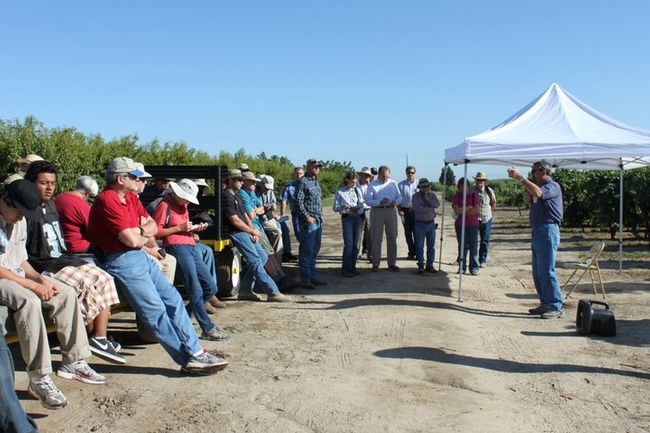
Proposed Green Tech High School Academy draws critics
Jennifer Bonnett, Lodi News Sentinel
Lodi Unified School District has proposed developing a Green Tech High School Academy, the first of its kind in California. The district has already spent hundreds of hours and thousands of dollars laying the groundwork for a new school that some trustees say they can’t support. Parent Paul Verdegaal called it the wrong idea at the wrong time. “It appears that LUSD is once again chasing pipe dreams at great cost in money and opportunities for students to actually learn, especially with reduced budgets," he said. The article noted that Verdegaal is a farm adviser for the University of California Cooperative Extension in San Joaquin County. Verdegaal said he sees students who don’t understand science or math, key subjects in creating sustainable practices.
This year's olive harvest is the pits
Martin Espinoza, The Press Democrat
Sonoma County olive growers are bracing for a disastrous harvest, one that could wipe out the supply of fresh local olive oil. Paul Vossen, a farm advisor with the University of California Cooperative Extension, said that in an average low-yield year olive orchards produce 50 to 60 percent less. “We have some places where they have almost nothing,” he said.